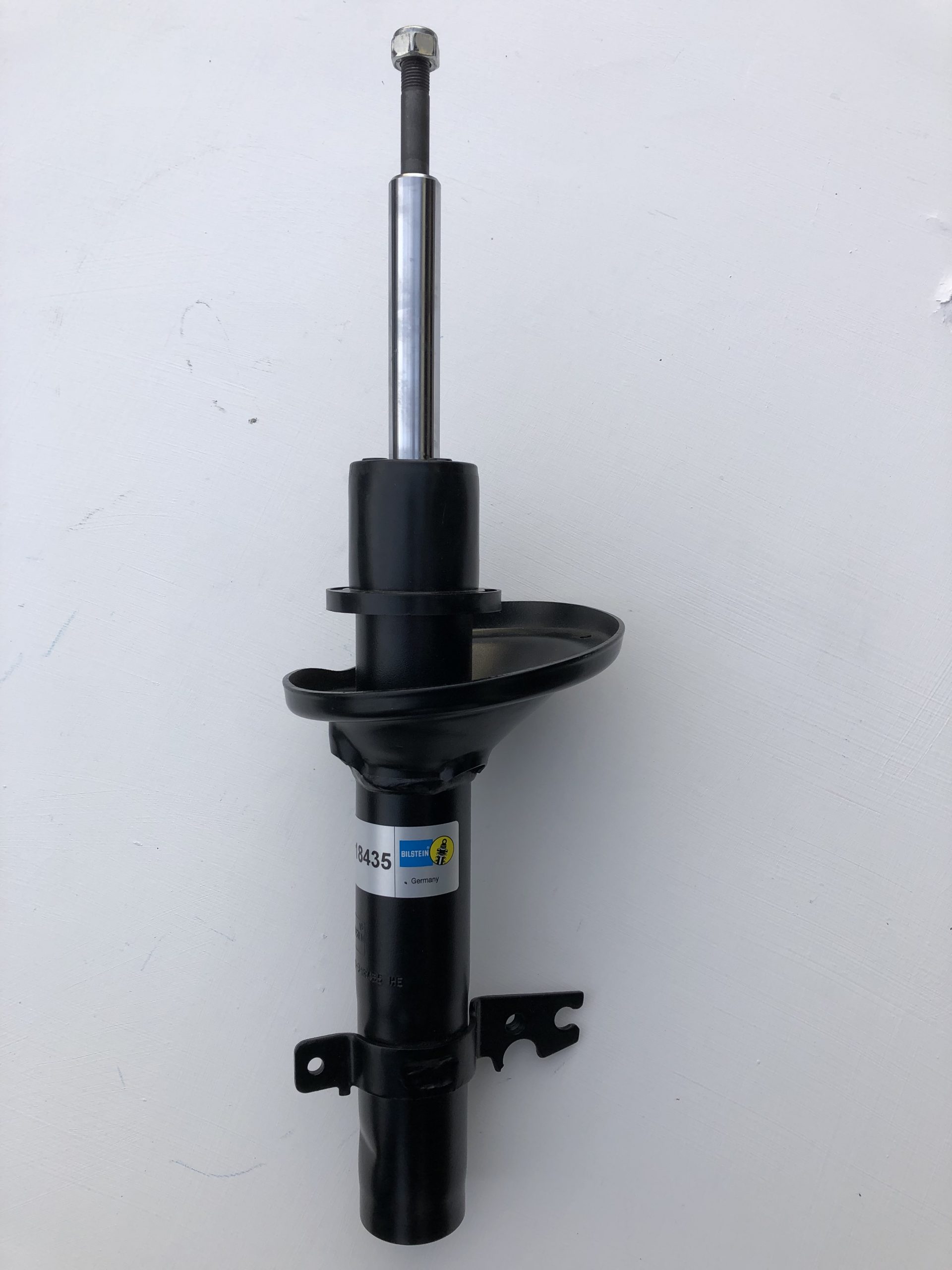
‘‘What do you think?’’ A simple question, often asked of me when I’d tried one of our test cars. Usually, the question would be answered via a discussion of the merits of the car, what should be improved and suggestions for the way forward. This time, the answer was simple. ‘’Start again!’’. The test car? A Rover 25 on stilts. The chassis proposal for the Rover Streetwise.
Mid-July 2023 saw us enjoying the Post Abingdon Weekend at the Grear Central Railway, Quorn Woodhouse Station. It was a pleasant way to catch up with friends and make new acquaintances – all united in our post Abingdon interest (and our efforts to cope with the rain and wind…..). The excellent event brochure kindly informed us that we were celebrating 20 years of the Streetwise and a stroll around the cars on show got me thinking about my first test drive all those years ago.
Many car testers (development engineers, journalists, and customers) have spoken about the ’50-yard test’ (or similar) whereby the performance of the car is revealed in short order. I had been very impressed with the Streetwise as we set off for the drive. High profile tyres, greater bump travel availability and the existing Rover 25 damping made short work of speed bumps, cross ridges, and generally scabby urban road surfaces. However, some aspects of the dynamic performance need the right circumstances to become apparent.
My test route took me onto the motorway for a couple of junctions. Congestion. Slow speed until we passed the first exit. Congestion clearing, I had time to get up to speed just before my exit slip road. A slip road that leaves the motorway with an increasing downhill gradient and ever tightening radius. A good challenge for any car when lifting off the throttle and braking for the approaching roundabout. Not so good in a Streetwise prototype. Too much dive on the front axle (both quantity and rate), roll angle (quantity and rate), a dearth of steering precision and driver discomfort (heart rate).
The Streetwise concept was great. All that was required from the Chassis Team was to increase the ride height and fit the bigger tyres. That was exactly what had been done. Unfortunately, the higher speed dynamics left the driver (me) feel like a space hopper had been used for the driver’s seat cushion. I’m too old to remember the details now, but we spent some time sorting out a better balance of bump and rebound travels and optimising the front spring aid (bump stop) gap. A substantially more confidence-inspiring set up was achieved, whilst preserving the rolling comfort. It also cost more to produce as the struts were no longer common with Rover 25. Sorry. Actually, I’m not sorry. There is always a price to be paid for performance; and safe, predictable performance is a price of entry.
With so many Rover 200/25/Streetwise/ZR derivatives produced, it can be tricky to source the correct parts for what are now rather classic cars. Here at VHS Ltd, we have spent time developing new ‘as original’ struts and dampers for MG ZR (now available from us, manufactured by Bilstein) so that you can be sure the car will perform as intended. Get streetwise. Be careful what parts you choose, whatever car you drive.
